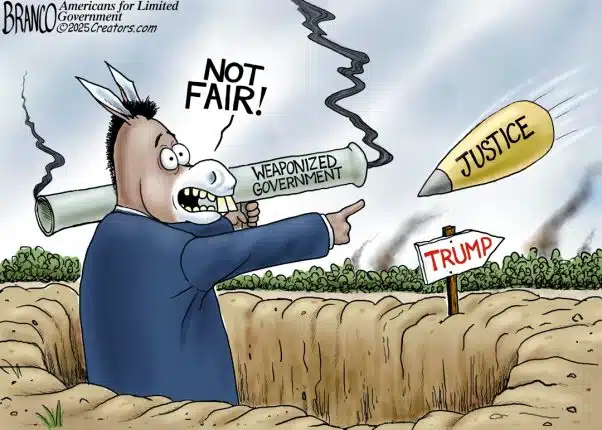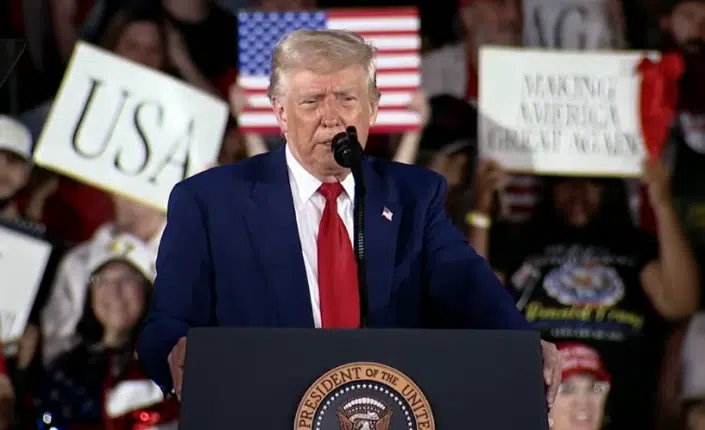By Robert Romano – Recent reports find that General Motors (GM) is lobbying for the passage of legislation by Michigan Senator Debbie Stabenow that would turn a $7,500 electric vehicle tax credit into a rebate that will be available to all consumers at the point of sale. It’s been dubbed “Cash for Clunkers II”.
Right now, the $7,500 tax credit can only be redeemed at the end of the year when taxes are filed, and are applicable to purchases of the Chevrolet Volt. Apparently, Chevy is not pleased with its sales — 321 units sold in January and 281 in February — out of 30,000 cars made for 2011, and a planned 45,000 to be made in 2012.
At that rate, just 3,600 of the cars will be sold this year, 12 percent of the supply. Will the additional 45,000 even run off the assembly line?
The asking price of $41,000 for the Volt, or $33,500 even with the tax credit is the likely culprit for the poor sales. Plus the fact that the car can only go 100 miles before needing to be recharged hardly makes it an attractive investment. Put simply, consumers are being asked to pay more for something that is of less quality.
That alone might explain why GM thinks the current tax credit is insufficient. But it’s only half the story.
Since GM’s initial public offering in November, the government sponsored automaker has been desperate to boost overall sales on a monthly basis. As such, GM boosted buyer incentives for the past four months. GM’s incentive spending averaged about $3,663 per vehicle in January, and $3,732 in February, more than $1,100 over the industry average.
According to the CarConnection.com, “That’s increased GM’s market share — albeit at the expense of image, resale value, and even company profits — oddly, at a time when most other automakers have admitted that such a strategy doesn’t make long-term business sense.”
So, in March the additional spending incentives came to an end, with GM announcing that it would be returning buyer incentives to the industry average. Unfortunately, according to MSNBC’s Dan Carney, “the word in the industry is that sales slumped in March once the incentives expired.”
That does not bode well for GM. Apparently, the only thing keeping sales figures up has been massive buyer incentives — which, considering the U.S. Treasury’s 33 percent stake in the company, are effectively another form of government subsidy.
So, they can’t keep giving the incentives out because they are destroying what it left of the GM brands and it is becoming increasingly hard to hide the fact that they are losing on each car because they are, in effect, rebating back their profits to consumers in order to move the metal.
So, they have had to cut the incentives, tank the sales and now are throwing the ball back into Barack Obama and Congress’ court with Cash for Clunkers II to boost sales of the Volt. They are hoping that Uncle Sam cutting a $7,500 check at the point of sale will make a difference.
Whether it would or not, this just another bailout for GM — better known as Government Motors — and the UAW that helped to bring the company to its knees in the first place. If the Chevy Volt cannot be sold on its own in a profitable manner in the marketplace, then taxpayers should be under no obligation to give GM corporate subsidies for an inferior vehicle.
Robert Romano is the Senior Editor of Americans for Limited Government.







